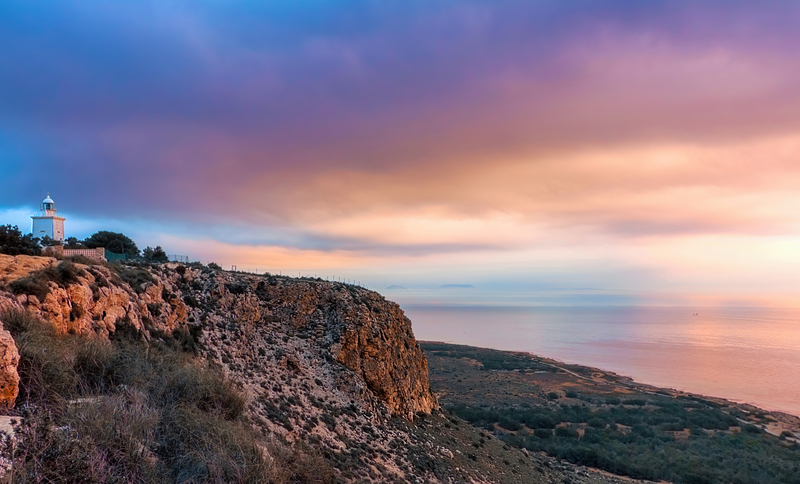
Santa Pola has established itself as a new scientific benchmark for the study of prehistoric settlements in the southeast of the Iberian Peninsula. This was highlighted a few days ago during a conference at the Maritime Museum on the occasion of International Museum Day. The event, entitled “The First Human Settlement in Santa Pola,” brought together leading experts such as Ana Satorre (Crevillent City Council), Javier Molina (University of Alicante), and Daniel Belmonte (IES Antonio Serna, Albatera). The session was part of the “Conversations on Archaeology and Museums of the Mediterranean” series promoted by the museum and presented the latest findings of an archaeological research project on the south of the province of Alicante.
The experts explained that recent studies demonstrate a more intensive prehistoric human settlement than previously thought. This was not based solely on the Cova de les Aranyes, but included a multitude of enclaves, revealing a sophisticated knowledge of the territory by the first inhabitants.
Neanderthals: The First Settlers of Santa Pola
The oldest finds date back to the Middle Paleolithic period, when the area was inhabited by groups of Neanderthals long before Homo sapiens arrived. These early humans, possessing robust anatomy and comparable cranial capacity, knew how to effectively utilize the resources of their environment, even though the Sierra de Santa Pola lacked raw materials such as flint.
The archaeologists emphasized that these groups dominated the terrain: They identified hunting grounds, water sources, and strategic locations for settlement, demonstrating their adaptability. Their presence left traces in the form of lithic industrial waste and biological remains that help reconstruct the beginning of human history in Santa Pola.
“Until no more than ten years ago, the prehistory of Santa Pola was limited to a single site, the Cova de les Aranyes or del Frare, which also offered only limited information. One of the most significant advances in research is therefore the documentation of numerous sites that indicate relatively intensive human settlement in prehistoric times,” explains researcher Daniel Belmonte.
The impact of climate change on the population
The archaeologist warns: “The Neanderthals disappeared about 40,000 years ago, and since then, we, anatomically modern humans – Homo sapiens – have been the only species to play a leading role in a settlement that is better known today and has shown greater continuity over time, up to the present day. In various locations, the remains of these people, who lived by hunting, fishing, and gathering resources, left small traces that, when carefully analyzed, provide interesting information for this first chapter of Santa Pola’s history.”
Furthermore, the period of anatomically modern humans “20,000 years ago” coincided with the last ice age, known in English as the LGM (Last Glacial Maximum). One of the consequences of this climate change was the decline in water levels in the seas and oceans—an estimated average decline of about 120 meters—and the accumulation of water in solid form in the polar ice caps and glaciers. The sea retreated, and a strip of coastal land, now submerged, was exposed. This affected the area surrounding present-day Santa Pola, the area occupied by these human groups: the island of Tabarca did not exist in its current form, and the sea was actually further away than it is today.
Ongoing research with multidisciplinary support
Unpublished progress was also presented during the conference, as it is part of an ongoing analysis process. The research team includes key figures such as Josep Casabó (Ministry of Culture), Andoni Tarriño (University of the Basque Country), and Adrián Riquelme (University of Alicante), as well as Professor of Prehistory Javier Fernández López de Pablo (INAPH-UA).
The results have been disseminated in various formats: scientific articles, informative content, social media, and even a viral audiovisual project that has exceeded expectations and highlighted public interest in the origins of Santa Pola.
A Deep and Early Human Footprint
Overall, the researchers agree that Santa Pola is no longer a footnote in the archaeology of the peninsula, but a fundamental enclave for understanding how the first humans of the Iberian Southeast lived, thought, and adapted.



